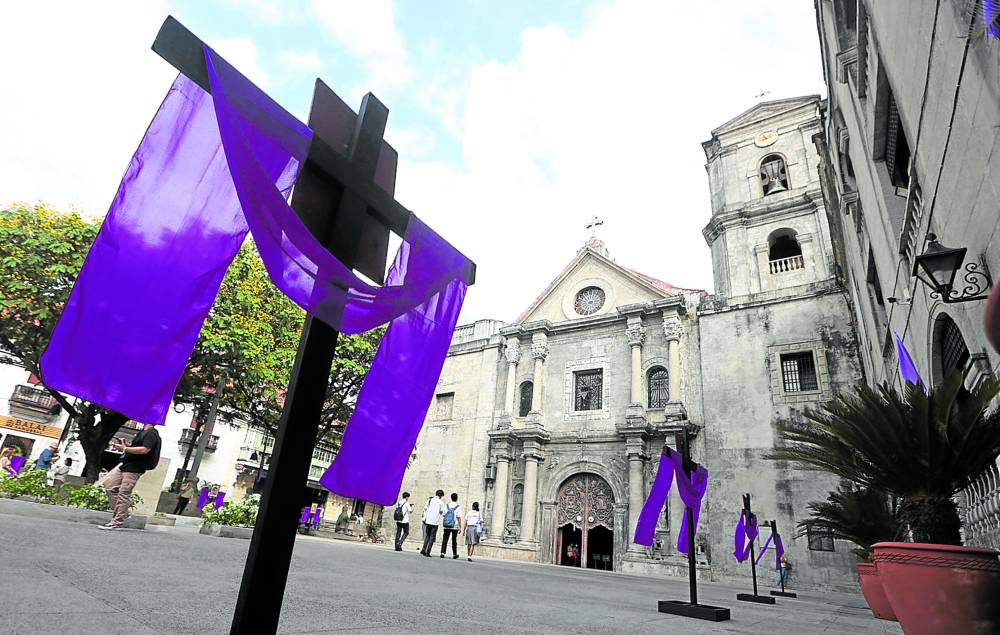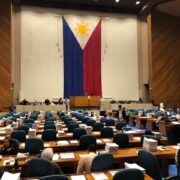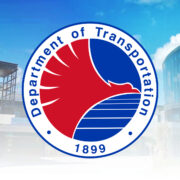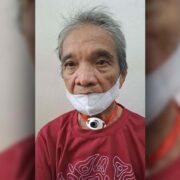DOH warns vs health risks from ‘penitencia’

Echoing the calls of the Catholic Church, the Department of Health (DOH) on Wednesday discouraged extreme acts of penance, called “penitensya” like self-flagellation and crucifixion, during the Holy Week as these endanger their health.
“As what the Church leaders have already said, we do not need to physically hurt our bodies to show how strong our faiths are,” DOH spokesperson Assistant Secretary Albert Domingo said in a TV interview on Wednesday.
Domingo said wounds from acts of penance are “dirty wounds,” because they are contaminated with dirt, debris or dust, making them more at risk of bacterial infection.
He also does not recommend jumping into the sea or a river to heal wounds, saying the water in these bodies of water is not sterile and can harbor bacteria, which can also cause infection.
The Catholic Bishops’ Conference of the Philippines has repeatedly discouraged extreme acts of penance, such as self-flagellation, carrying a cross or even crucifixion, to be cleansed of their sins.
It said these traditions were not biblical and stressed the Christian theology that the crucifixion of Jesus Christ was enough to atone for the sins of humanity and make salvation possible.
The Catholic Church urged those who want to atone for their sins to instead avail themselves of the sacrament of confession and other traditions, such as acts of kindness and generosity, taught by the Church.
Gov’t preparations
The DOH made the warning as various government agencies stepped up activities to assist travelers as Filipinos embarked on their individual Holy Week traditions.
The department placed all public hospitals and health facilities on “code white” alert, as with the Philippine National Police, which deployed more than 65,000 policemen and volunteer groups nationwide.
Transportation Secretary Vivencio Dizon personally inspected seaports and airports and tightened rules on passenger safety, particularly ship overloading.
But the focus remained on land transportation—the source of most accidents in the past—and the Land Transportation Office (LTO) on Wednesday mobilized around 1,700 enforcers nationwide.
In a statement, Assistant Secretary Vigor Mendoza II, LTO chief, said the agency has also coordinated with the PNP and other law enforcement in monitoring the country’s major thoroughfares.
“All our enforcers are deployed in major thoroughfares to at least serve as a deterrent against reckless driving. This is part of the instruction of our Transportation Secretary Vince Dizon [who said] the presence alone of uniformed LTO personnel will compel errant drivers to behave,” Mendoza said.
“But for those hard-headed motorists, we will surely run after you. You may escape our enforcers because you drive fast, but our enforcers already know what to do on those kinds of situations to ensure that you will be held responsible for being a kamote (dimwit) on the road,” he added.
While the main instruction is to assist motorists in ensuring safe land travel, Mendoza said LTO enforcers have a special instruction to monitor and document reckless drivers until the travelers return to their respective workplaces after the long weekend.
Dizon, on the other hand, tasked the LTO and the Land Transportation Franchising and Regulatory Board to initiate measures to prevent reckless driving.
Last Tuesday, the LTO initiated legal measures against the registered owners and drivers of two passenger buses, including one that was recorded overspeeding on video despite appeals from passengers.
















